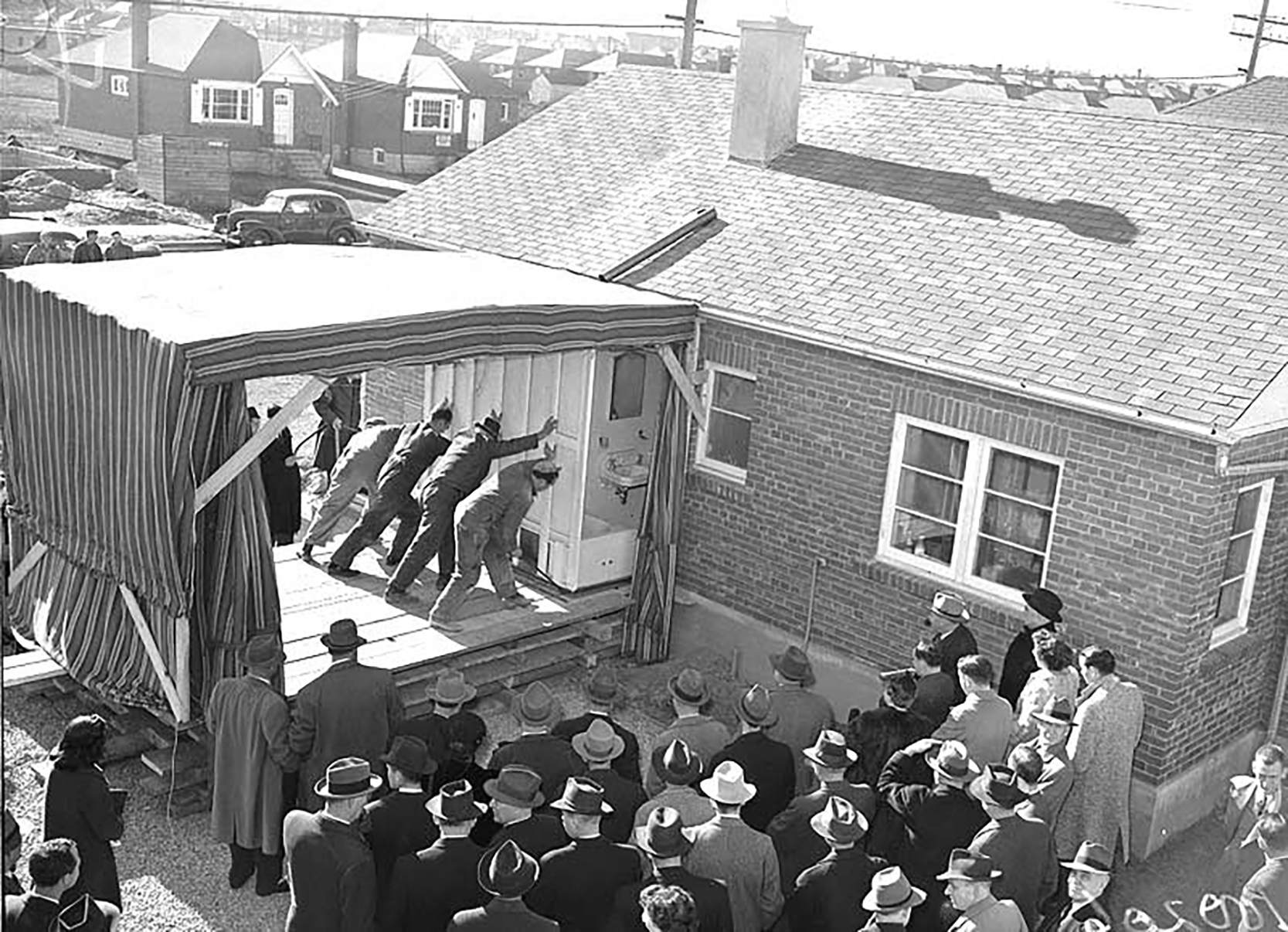
Homegrown: Domestic Arrangements
ARC3016Y S
Instructors: Mauricio Quiros Pacheco
Meeting Section: L0111
Tuesday, 2:00pm - 6:00pm; Friday, 2:00pm - 6:00pm
"The college's modern architecture was uniquely designed for communal living. Some areas were divided into independently operated communal units of about a dozen bedrooms (called ashrams), each with its own collective washroom, kitchen and dining room. Each unit was responsible for collecting rent and maintaining its own housekeeping. Other areas consisted of bachelor, one-bedroom, and two-bedroom apartments. On the first and second floor were common areas used for socialization, education, and commercial purposes. The roof was accessible from the 18th floor and was used for sunbathing. Clothing was optional."
-Wikipedia entry for Rochdale College
Public, private, social, subsidized, market-rate, below-market-rate, rent-geared-to-income, affordable, cooperative, cohabitational, single-detached, semi-detached, row, apartment, low-rise, mid-rise, high-rise, mobile, movable.
The word housing is often - if not always - adorned by all kinds of prefixes describing who finances it, or how it is financed; who owns or delivers it; for whom it is intended to; and, awkwardly enough, the architectural typology through which it is supplied.
The contradiction amongst some of these prefixes evidences the level of desperation imbedded in all promises meant to fulfil the universal right to adequate housing. It is true that "handing over housing to the market has proved a failure," as admitted by the United Nations; but it is also true that handling the responsibility to governments or public organizations has not been successful either.
The City of Toronto - the world's 3rd largest housing bubble, with a 1% rental vacancy rate, beating places like Manhattan or San Francisco - is no stranger to this widespread conundrum. In fact, it is increasingly the poster-child for the problem. And not only in Canada, but elsewhere in the world.
However, despite the bad reputation and behind new condo mountains hide little known - but radical - attempts and stories of how the city has addressed the housing problem. In 1913, the Unitility House - an innovative prefabricated system - was developed to provide utilities for housing in Leaside. In 1968, Rochdale - an experiment in student-run alternative education and co-operative living - became the largest co-op residence in North America. More recently, Parkside Student Residences, in downtown, transformed a 23-storey Best Western Hotel into student housing.
Homegrown is a research studio investigating possible and alternative futures on the subject of housing - in Toronto and elsewhere - from a myriad of angles (history, economy, types, forms, modes, users, etc.). Particularly, but not solely, the studio will focus on the problem of student housing. The studio will be conducted in close collaboration with Meg Graham (principal, superkül).
Each student is expected to select and develop a research topic (or topics) throughout the term, generating a collective archive on the subject. The archive, hopefully, will provide the departure point for the student's thesis project thereafter.
Note: the studio will most probably involve travelling to New York and/or Los Angeles.

